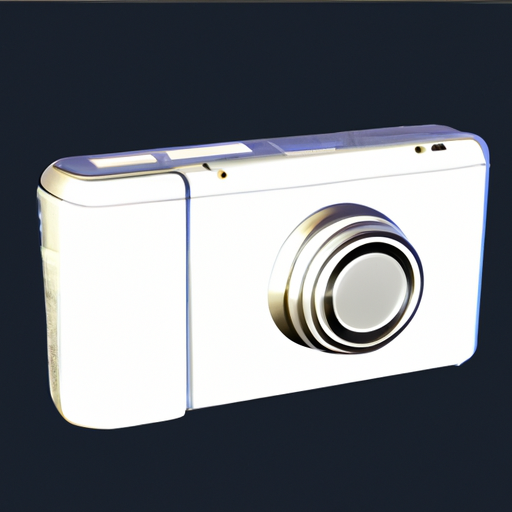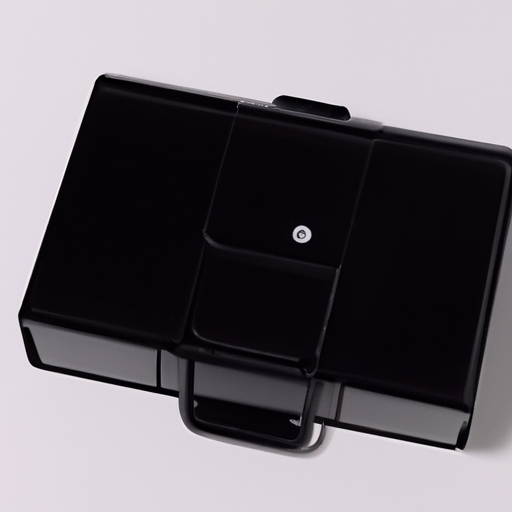
-
Table of Contents
Package Design for Electronics: Balancing Aesthetics and Functionality

When it comes to electronics, package design plays a crucial role in attracting consumers and ensuring the safe delivery of the product. A well-designed package not only enhances the aesthetics of the product but also provides functional benefits such as protection, ease of use, and sustainability. In this article, we will explore the importance of balancing aesthetics and functionality in package design for electronics, and how it can impact consumer perception and overall product success.
The Power of Aesthetics in Package Design
Aesthetics play a significant role in capturing the attention of consumers and creating a positive first impression. In the competitive electronics market, where numerous products vie for attention, a visually appealing package can make all the difference. Here are some key reasons why aesthetics matter in package design:
- Brand Identity: A well-designed package can effectively communicate the brand’s identity and values. It serves as a visual representation of the brand, helping consumers recognize and connect with it.
- Stand Out on Shelves: In a retail environment, where products are displayed side by side, an eye-catching package can make a product stand out from the competition. This can lead to increased visibility and higher chances of purchase.
- Emotional Appeal: Aesthetically pleasing packages have the power to evoke emotions and create a positive association with the product. This emotional connection can influence consumer buying decisions and foster brand loyalty.
One notable example of a brand that excels in aesthetics is Apple. The sleek and minimalist packaging of their products, such as the iPhone and MacBook, has become synonymous with the brand itself. The clean lines, high-quality materials, and attention to detail in their packaging design contribute to the overall premium experience that Apple strives to deliver.
The Role of Functionality in Package Design
While aesthetics are important, functionality should not be overlooked in package design for electronics. A package that is both visually appealing and functional can enhance the overall user experience and provide several benefits. Here are some key aspects of functionality in package design:
- Product Protection: The primary function of a package is to protect the product during transportation and storage. A well-designed package should provide adequate cushioning, shock absorption, and structural integrity to prevent damage to the electronics.
- Ease of Use: A user-friendly package design can significantly enhance the overall user experience. Easy access to the product, clear instructions, and intuitive packaging design can make the unboxing process enjoyable and hassle-free.
- Sustainability: With increasing environmental concerns, sustainable packaging solutions are gaining importance. Electronics companies are now focusing on reducing packaging waste, using eco-friendly materials, and designing packages that are easy to recycle.
Sony is a prime example of a company that prioritizes functionality in its package design. Their PlayStation consoles come in sturdy boxes with foam inserts that securely hold the product in place, protecting it from any potential damage during shipping. The packaging also includes clear instructions and compartments for accessories, ensuring a seamless unboxing experience for the consumer.
The Impact of Package Design on Consumer Perception
Package design has a significant impact on consumer perception of a product and brand. It can influence how consumers perceive the quality, value, and overall desirability of the electronics. Here are some ways in which package design can shape consumer perception:
- Perceived Value: A well-designed package can create a perception of higher value for the product. Consumers are more likely to associate a premium package with a premium product, leading to a willingness to pay a higher price.
- Quality Indication: The design and materials used in the package can signal the quality of the electronics inside. A package that feels sturdy and well-crafted can instill confidence in the consumer about the product’s quality.
- Brand Reputation: Package design reflects the brand’s attention to detail and commitment to delivering a positive user experience. A poorly designed or cheap-looking package can negatively impact the brand’s reputation and consumer trust.
One brand that has successfully leveraged package design to shape consumer perception is Dyson. Their vacuum cleaners come in sleek, modern packaging that exudes sophistication and innovation. The high-quality materials and attention to detail in the packaging design align with Dyson’s reputation as a premium brand, reinforcing the perception of their products as cutting-edge and reliable.
Case Study: Apple AirPods
An excellent example of a successful balance between aesthetics and functionality in package design for electronics is the Apple AirPods. The AirPods come in a compact, minimalist package that reflects Apple’s design philosophy. The package is visually appealing, with clean lines and a simple color scheme that aligns with the brand’s identity.
Functionally, the AirPods package is designed for convenience and protection. The compact size makes it easy to carry, while the magnetic closure ensures the package stays securely closed. The package also includes a charging case that not only protects the AirPods but also serves as a portable charging solution.
The success of the AirPods package design can be attributed to its ability to create a strong emotional connection with consumers. The sleek and compact design, combined with the functional benefits, enhances the overall user experience and reinforces Apple’s reputation for delivering innovative and user-friendly products.
Conclusion
Package design for electronics is a delicate balance between aesthetics and functionality. While aesthetics can capture attention and create an emotional connection, functionality ensures product protection, ease of use, and sustainability. The right package design can significantly impact consumer perception, influencing their buying decisions and brand loyalty.
By studying successful examples like Apple and Sony, we can learn valuable lessons about the importance of balancing aesthetics and functionality in package design. Brands that prioritize both aspects can create a memorable unboxing experience, enhance the perceived value of their products, and build a strong brand reputation.
As the electronics industry continues to evolve, it is crucial for companies to invest in thoughtful and well-executed package design. By striking the right balance between aesthetics and functionality, brands can differentiate themselves in a competitive market and leave a lasting impression on consumers.
